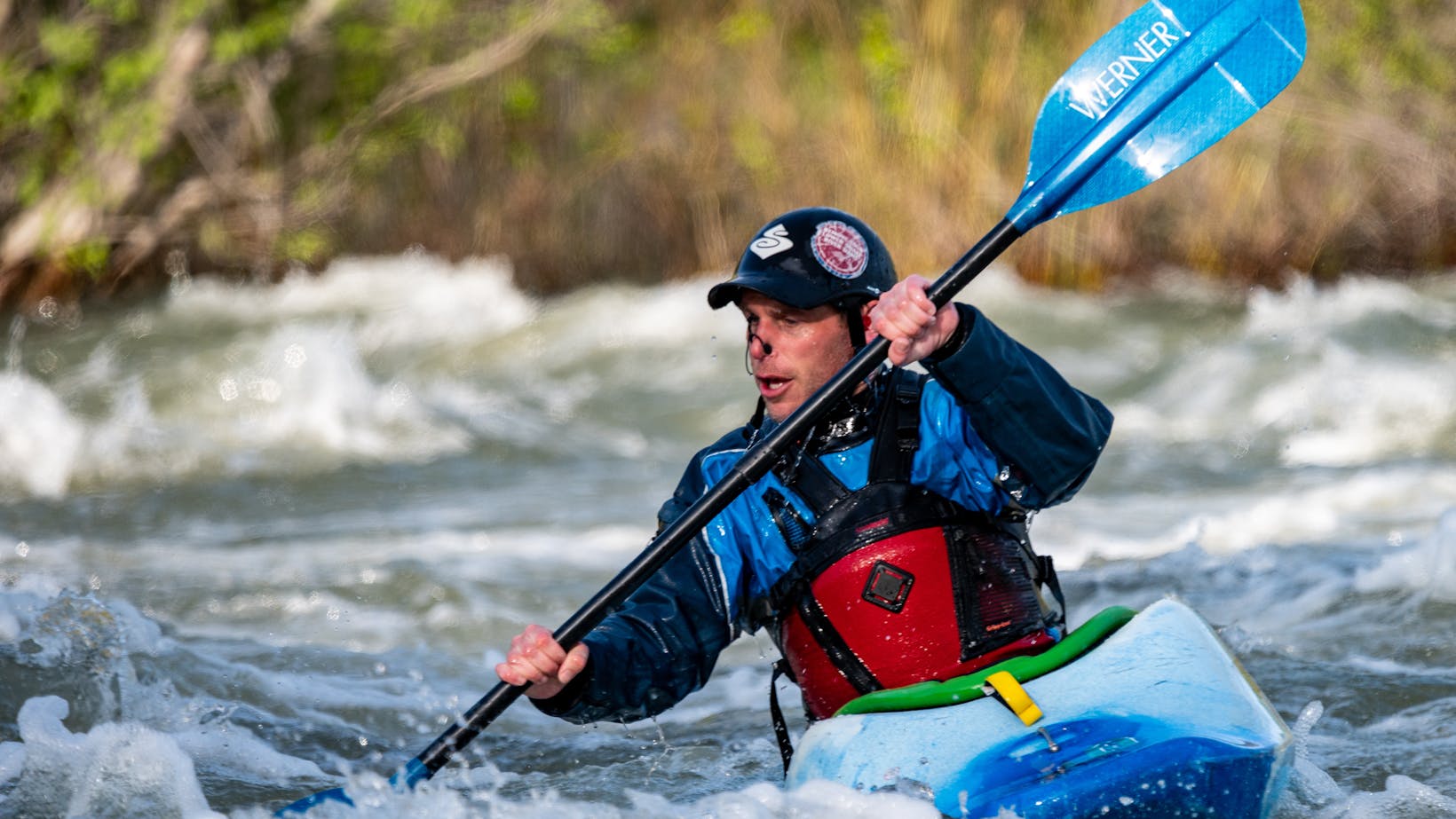Kayaking, with its blend of serene waters and the thrill of exploration, beckons adventurers and nature lovers alike. Yet, as with any outdoor activity, it carries its own set of risks and challenges. The question of whether kayaking is dangerous often surfaces among beginners and seasoned paddlers planning their next adventure. Understanding the risks involved and how to mitigate them is crucial for anyone looking to dip their paddles in the water.
Is Kayaking Dangerous
Kayaking risks often stem from environmental factors, the kayaker’s skill level, and the chosen kayaking environment. Highlighting risks such as changing weather conditions, water temperature, and potential hazards in the water helps kayakers prepare for safe excursions. Weather plays a pivotal role, with sudden changes posing significant challenges. Water temperature affects safety, especially in colder climates where hypothermia can be a risk. Hazards in the water, including rocks, logs, and rapid changes in water flow, require careful navigation.

The kayaker’s experience level critically impacts their ability to handle these risks. Beginners may struggle with navigation and risk assessment in challenging conditions. The type of kayaking—whether sea kayaking, whitewater, or recreational—also dictates the level of risk, with each environment presenting unique challenges.
Factors That Contribute to Kayaking Dangers
Building on the understanding that both environmental conditions and personal factors impact kayaking safety, it’s important to delineate specific elements that contribute to kayaking dangers. Weather conditions, including strong winds and sudden storms, pose immediate threats by capsizing kayaks or making navigation challenging. Water conditions, such as high tides, powerful currents, and cold temperatures, can lead to difficulties in control and increase the risk of hypothermia. The kayaker’s skill and experience level are crucial; inexperienced kayakers might not recognize or react appropriately to hazardous situations. Equipment quality also plays a role; using poorly maintained or unsuitable kayaks and gear increases the likelihood of accidents. Finally, the absence of a safety plan, including the lack of communication devices or not informing others of one’s kayaking itinerary, can turn minor incidents into emergencies. Recognizing these factors allows for better preparation and risk management, enhancing the overall safety of the kayaking adventure.
Types of Kayaking and Associated Risks
Exploring the world of kayaking reveals diverse experiences, each with its unique set of challenges and risks. Among the various types, sea kayaking involves navigating ocean waters, introducing risks such as strong currents and sudden changes in weather. Whitewater kayaking thrives on rapids, where the excitement comes with the possibility of capsizing due to unpredictable water flows. Recreational kayaking, often on calm lakes or rivers, poses fewer risks but still demands awareness of potential weather changes and underwater obstacles. Touring kayaking, covering longer distances, requires endurance and skill to manage fatigue and navigate through varying water conditions safely. Each type demands specific skills, preparation, and awareness of associated risks to ensure a safer kayaking experience.
Safety Tips for Kayakers
Following specific safety tips can significantly reduce the risks associated with kayaking, offering a more secure experience for enthusiasts of all levels.

- Wear a Life Jacket: Regardless of skill level, wearing a properly fitted life jacket is essential at all times when on the water.
- Check Weather and Water Conditions: Before setting out, kayakers should always review the weather forecast and water conditions, avoiding kayaking in adverse weather or when water temperatures are dangerously cold.
- Understand the Kayaking Environment: Familiarizing oneself with the kayaking area can prevent unexpected encounters with hazards such as rocks, rapids, or strong currents.
- Carry Safety Gear: Equip the kayak with essential safety gear, including a whistle, a bilge pump, and a first-aid kit. For sea or touring kayaking, a navigation tool like a compass or GPS is advisable.
- Take a Kayaking Course: For beginners, participating in a kayaking course can be invaluable, providing necessary skills and knowledge about paddling techniques, rescue procedures, and safety measures.
- Stay in Groups: Kayaking with companions increases safety, ensuring assistance is at hand in case of emergencies. Solo kayakers should inform someone about their planned route and expected return time.
Personal Stories and Statistics
Kayaking, with its diverse forms and environments, offers thrilling adventures for enthusiasts. Yet, it’s essential to approach each journey with respect for the water’s power and potential dangers. Personal stories from seasoned kayakers often highlight the joy and camaraderie found in navigating rivers or coastlines but also underscore the critical importance of preparation and caution. Statistics reinforce this narrative, showing that most kayaking incidents are preventable with proper safety measures in place. By embracing a mindset of vigilance and responsibility, kayakers can significantly reduce risks. The joy of kayaking, after all, lies not just in the adrenaline of the paddle but in the peace of mind that comes with knowing you’re well-prepared for whatever lies ahead.
